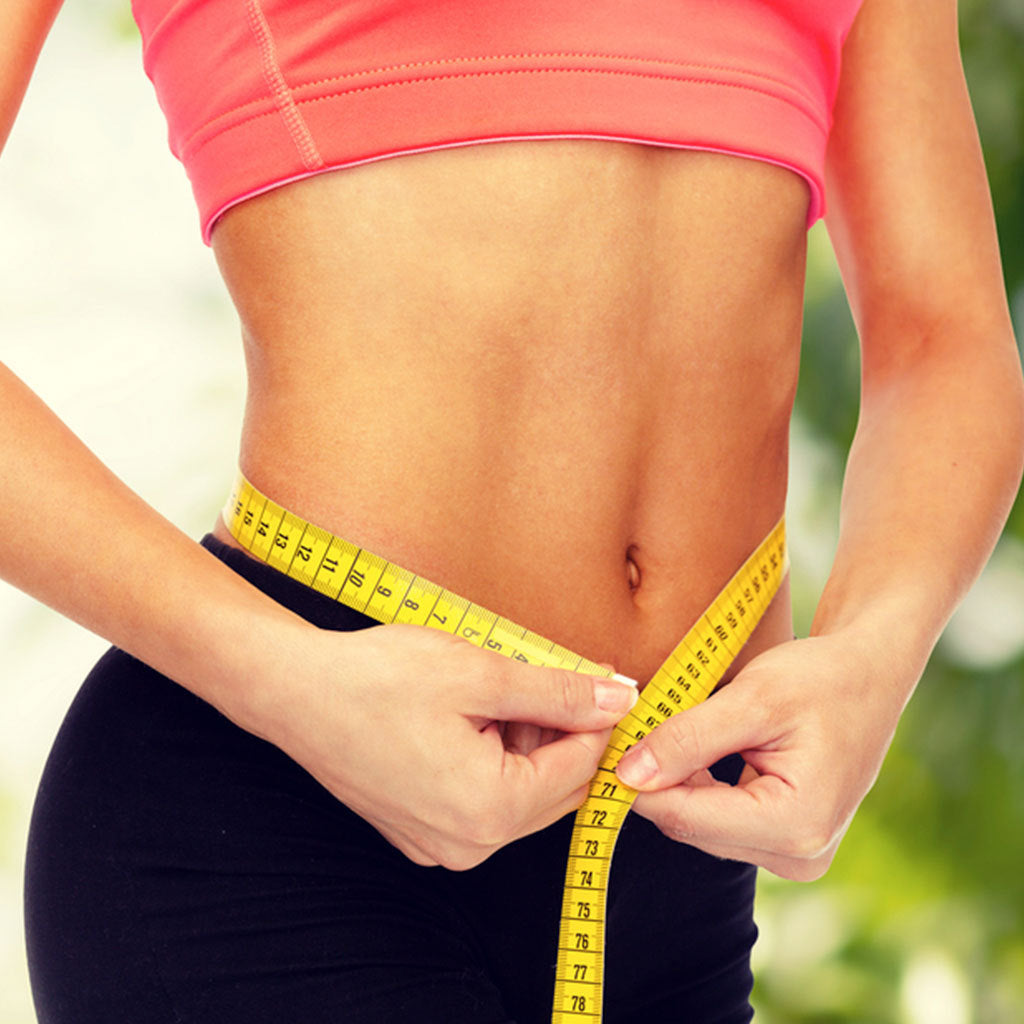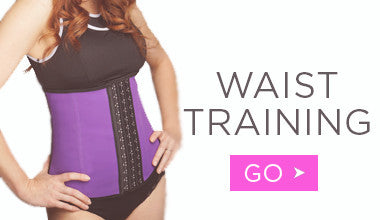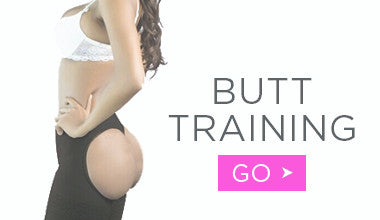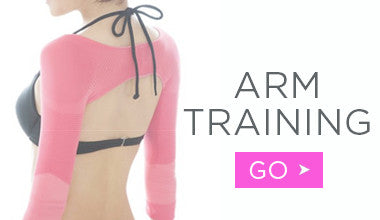
The 10 Do's and Don'ts of a Waist Training Diet
Feb 08, 19Getting a perfect figure has always been on everyone’s mind. Hitting the gym and working out for hours to get that perfect figure is a lot of hard work, especially when you have a job. But if you really want to focus on the waist and allow yourself to transform into a diva with an excellent hourglass body shape, then waist training is just the right thing for you.
Stubborn belly fat is one of the biggest problems women face when they are trying to exercise and tone their muscles. Women tend to see results faster around their back, legs and thighs than their tummy. The use of the waist trainer is not limited to a specific time of the day, but can be worn all day and especially during exercises. The waist trainer provides the belly with the appropriate amount of resistance for the muscles to see results faster.
Centuries ago, corsets were introduced for women to get thinner waists and an accentuated figure. Many used corsets as a temporary fix to immediately pull the stomach in, so that the garments worn on top do not show a tummy bulge. Over time, women noticed that their bodies were changing in the shape of the corsets they wore. This gave rise to a huge number of women wearing corsets at all times of the day with every dress.
The corsets are now high functioning, and versatile waist trainers made to transform your waist to give you your long awaited goal physique. But your food intake and how you schedule your diet has to go side by side.
The secret of the adequacy of waist training won't exist for long, in light of the fact that we have found that when you supplement it with a decent exercise, and the ideal eating regimen, you will, in the end, accomplish the long haul benefits. Picking the most appropriate eating regimen for your body while you are wearing corsets or waist trainers is a basic choice that you need to make
Incorporating a proper diet into your way of life isn't quite a bit of a test in the event that you are already prepared. You can really observe the outcomes in merely weeks on the off chance that you pursue the proper procedure effectively. Have you seen that if you ever got a corset, you would be able to visibly see the differences in your waist right before your eyes?
Here are some important Do’s and Don’ts’ for your diet;
The Do’s
Get More Fiber
Eating more Fiber should be a crucial part of your diet. The waist trainer tends to push down on your stomach that may cause constipation. Eating fiber will enhance your digestive system.
Get Your Hands On Probiotics
Probiotics are important in keeping not only your body healthy, but also keep the digestion rolling to the flow. It also helps with constipation, bloating and keeping your immunity strong.
Eat in Portions
You can’t eat a lot in one time when you’re wearing a waist trainer and you can’t allow this to make you under nourished and weak. To get your full nutrient requirement, eating in smaller amounts avoids the stomach to explode and keep the waist trainer in place. Divide what you eat in a day into 6 portions.
Increase your water and salt intake
The material of the waist trainer will make you sweat, no doubt, which means you are constantly losing water. Keep your water intake up to the required level so you don’t get dehydrated and dizzy. Sweat also makes you lose a lot of salts from the body, so foods that are rich in potassium and minerals, are highly beneficial. Bananas and spinach are excellent examples of mineral rich foods.
Take the corset off if it makes you uncomfortable
Wearing a corset or a waist trainer is never supposed to be uncomfortable or painful for you, especially while you eat your food. If it happens, get a new size.
The Don’ts’
Don’t Drink Carbonated Drinks
Sodas are bad for everyone, especially for people trying to lose weight. The carbonated drinks tend to make you bloated because of its excessive gaseous content. If you have a severe craving, the best trick is to let the bubbles disappear before you drink it.
Don’t Drink Alcohol
Avoid alcohol at all costs, especially when you’re wearing a waist trainer. Apart from its side effects on your digestive system, it is loaded with sugar and calories. If you feel a craving kicking in, try vodka with water.
Don’t drink coffee
Coffee is okay if you’re just dieting, but with a waist trainer on, it’s not such a good idea. Coffee will dehydrate your body and won’t give you much energy, plus you’ll look bloated.
Don’t eat too much sodium
Sodium is good, but too much sodium, like in processed foods, will make your waist trainer uncomfortable. Stay in a 1500mg sodium range
Don’t eat too fast
Digestion starts from the mouth. Eat slowly. It’ll help you get full quicker.
So before deciding to wear a waist trainer, make sure you are informed about the advantages as well as the disadvantages.









